After I put the word out that I needed help with my novel’s epiphany, I continued to research the topic in craft books and online. Below I’ll share with you some notable quotes and the resources that helped most.
But before I do, here’s how I ended up revising my epiphany and related chapters.
First, I cut out most of my main character’s ruminations in the chapters surrounding and containing my epiphanies. I put them in their own file labeled “Lessons.” Everything that my character needed to learn to complete his quest or story was added to that file. This forced me to think about those lessons as a whole and determine their importance and validity with every scene that came before. I compared them to my initial reasons for telling this story and writing this novel. I highlighted the ones that were non-negotiable to my main character reaching the climax.
Then, I explored all the ways my main character could show he’d learned those lessons through his actions that followed rather than through words. These post-epiphany actions needed to be in direct contrast to his prior actions. I needed to show he’d changed and learned.
Finally, I revised the chapters that followed his epiphany to make my main character’s actions more intentional and deliberate, to show his growth and commitment to his new inner-self. In some cases, those scenes did include interior monologue, but I tightened those sections and rewrote them to be less didactic.
And I made sure that my new and improved main character, acting as his enlightened new self in cause and effect scenes, logically rises to his climax … where he does what he never would have done before his transformation.
WOO HOO!
Sorry, no spoilers here. But instead, some of the resources I used on my epiphany journey along with some key quotes to give you a taste of their messages.
The Plot Whisper – Martha Aldermon
“It’s a time of recollection, integrations, assessment and review. Before blindly reacting as always, finally now, she takes time to re-evaluate, re-invent, re-form and redo things.”
Revision – David Michael Kaplan (p. 66)
“The Philosophic Ramble or Rumination, in which the writer suddenly seems to take time out for some cracker-barrel philosophizing or narrative commentary … Now it’s a different story (to make a pun) if the philosophic asides are an ongoing, integral aspect of the narrative, the author in effect becoming a character himself?”
Second Sight: An Editor’s Talks on Writing, Revising, and Publishing Books for Children and Young Adults – Cheryl Klein (pp. 271-272)
“I divide Internal narration into the categories of Commentary and Reflection (which I also call Processing). Commentary is the character’s immediate internal response to events; Reflection is the character pulling together various bits of information to arrive at a new conclusion, which will usually push the story forward in setting up his next course of action. … With that said, Internal narration is a tool that should be used carefully and sparingly, because it can quickly become telling and redundant and slow the action down.”
Between the Lines – Jessica Page Morrell
http://www.indiebound.org/book/9781582973920
“An epiphany, the luminous moment when a character, usually the protagonist, realizes something she has not know previously, can be a powerful and electrifying pinnacle of character development.” (p.64)
“Find ways to insert subtext – the unspoken, the innuendo, the nuanced moments that are not directly represented, and the actions that speak of feelings that are too volatile to express out loud. Also, look for times in your story to pull back, to allow the reader to bring her own understanding of human nature into your story.” (p.222)
Writing For Children & Teenagers – Lee Wyndham
http://www.amazon.com/Writing-Children-Teenagers-Lee-Wyndham/dp/0898793475
“The best method for resolving this kind of ending is to have something happen to your main character to make him or her ‘come to realize.’ It should be some powerful personal experience that shocks, rocks, even floors him or her… Then you should have a quiet scene, for the change in the main character must in no way resemble instant magic. The hero should think over what has happened and realize the impact and implications, and resolve to change course or mend his or her ways … Next comes the clincher for this kind of ending: you must devise a scene in which the hero or heroine can prove that he or she has indeed changed.”
The Writer’s Journey Mythic Structure for Writers – Christopher Vogler
http://www.indiebound.org/book/9780941188708
“The trick for writers is to make the change visible in appearance or action. It’s not enough to have people around a hero notice that she’s changed; it’s not enough to have her talk about change. The audience must be able to see it in her dress, behavior, attitude, and actions.” (p.210)
The Plot Whisper – Martha Aldermon
“Character Motivation: What is Her True Journey?”
http://plotwhisperer.blogspot.com/2014/03/character-motivation-what-is-her-true.html
“What happens throughout the story makes it impossible for the protagonist to remain unconscious. The Crisis in the Middle forces the protagonist to consciousness.”
Writing Irresistable KIDLIT – Mary Kole (p. 163)
http://www.barnesandnoble.com/w/writing-irresistible-kidlit-mary-kole/1111307026?ean=9781599635767
“This is when he decides that he will risk everything that’s important to him – including his core identity and life, if necessary. This decision must be very meaningful. This moment usually happens as Internal Conflict and leads very quickly to the Climax, which is usually External Conflict.”
Also VERY helpful were:
The “Practical Tools” Donald Maass offers for “Turning Points” in The Fire in Fiction on p.77.
The Epiphany Mistakes Darcy Pattison offers on pp. 41-41 of Novel Metamorphosis.
Just about everything in the “Transformation” chapter of Martha Alderson’s The Plot Whisperer.
What are your favorite tools and techniques for revising or writing epiphanies?



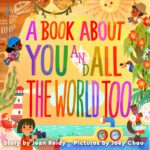
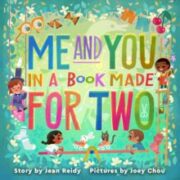
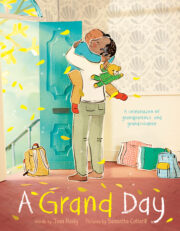
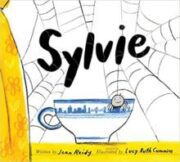
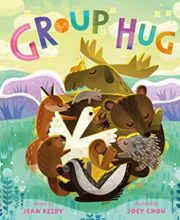
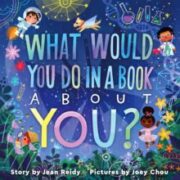

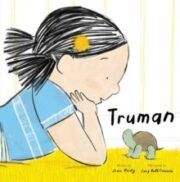
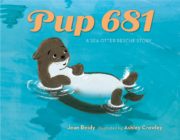

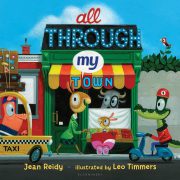
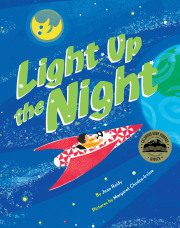
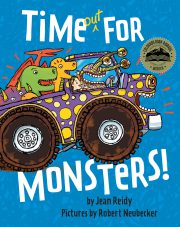
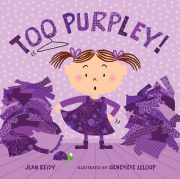
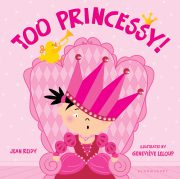

I love that you extracted these parts out of your manuscript and thought about how to add them back in through action. Great technique!
Epiphanies are what Jane Yolen calls “sacred moments.” They are the parts where the reader’s heart beats faster and the reasons for reading the story open up to her, not only to the characters. Until this excellent post, Jean, I haven’t thought about the mechanics of these moments; they seem to come organically when I write. I took your reflections and checked how they
I am totally going to bookmark this post and reread it to ensure my protagonist's epiphany is solid.
I love this technique of pulling out the epiphanies and analyzing them. Thank you for the mention of the books that were helpful as well. I'm definitely going to try that next time I revising!
I'm impressed with how organized you were with what could have been a very confusing process. Thanks for sharing!
I am totally going to bookmark this post and reread it to ensure my protagonist's epiphany is solid.